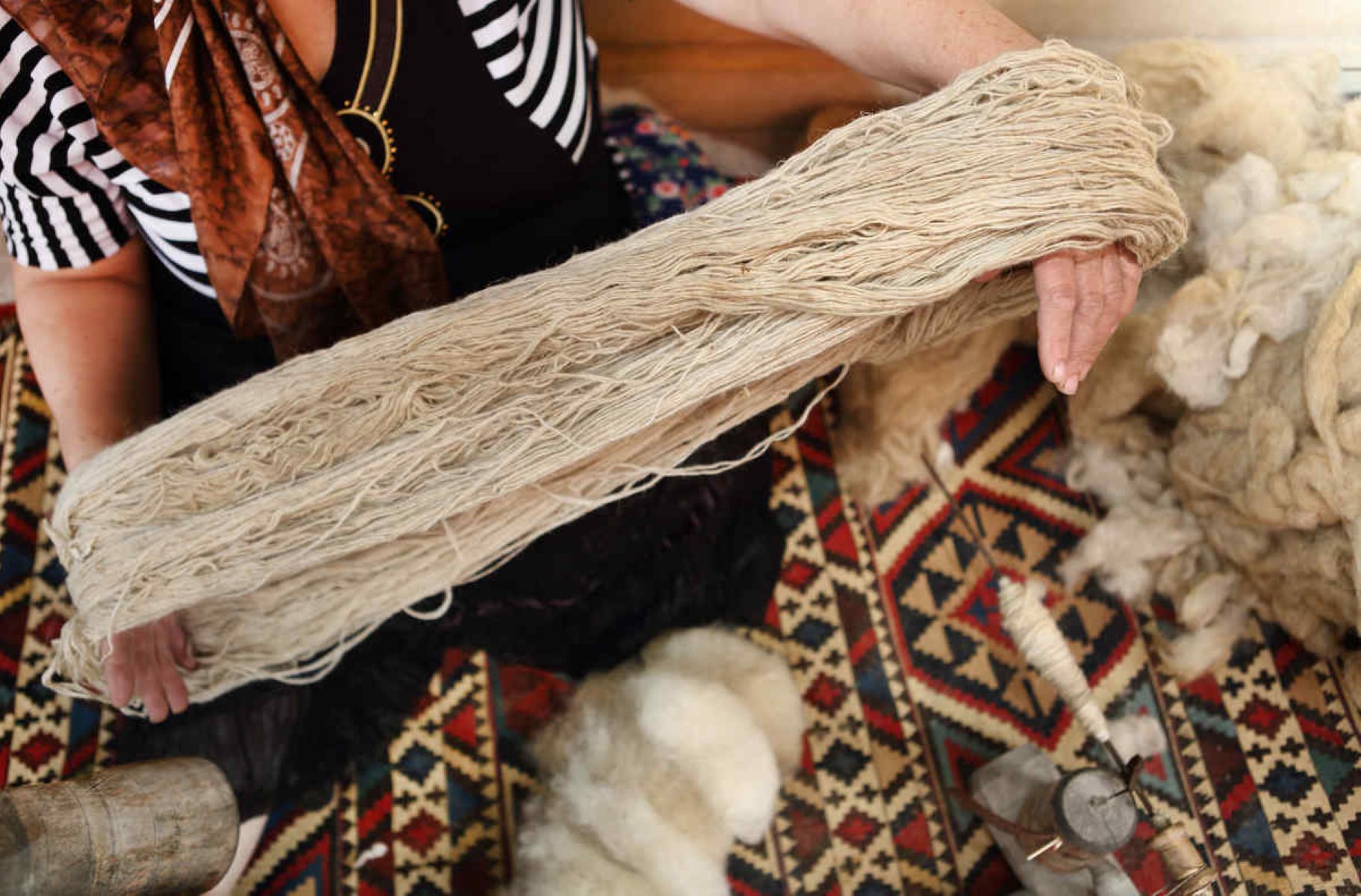

Articles
What Are Moroccan Rugs Called
Modified: January 19, 2024
Discover the traditional beauty of Moroccan rugs, also known as articles, and explore their exquisite designs and unique craftsmanship. Enhance your home decor with these timeless treasures.
(Many of the links in this article redirect to a specific reviewed product. Your purchase of these products through affiliate links helps to generate commission for Storables.com, at no extra cost. Learn more)
Introduction
Moroccan rugs, also known as Berber rugs, have captivated people around the world with their unique beauty, cultural significance, and rich history. These handcrafted masterpieces are not just floor coverings; they are works of art that reflect the heritage, traditions, and craftsmanship of the Moroccan people.
From the vibrant colors and intricate patterns to the superior quality and attention to detail, Moroccan rugs have gained popularity not only for their aesthetic appeal but also for the stories they convey. Each rug tells a tale of the indigenous Berber tribes, nomadic lifestyles, and the region’s diverse cultural influences.
Although versatile and adaptable to various design styles, Moroccan rugs are a quintessential element of the Bohemian and mid-century modern interior décor. Their organic and imperfect patterns add warmth, texture, and character to any space, making them a coveted item among interior designers and homeowners alike.
In this article, we will explore the fascinating history of Moroccan rugs, the materials and techniques used in their creation, the unique designs and patterns that make them stand out, their popularity and global influence, essential tips for care and maintenance, and where to buy authentic Moroccan rugs.
So if you’re curious to delve into the world of Moroccan rugs, join us on this journey to discover the rich tapestry of culture, art, and history woven into these exquisite works of art.
Key Takeaways:
- Moroccan rugs, also known as Berber rugs, are not just floor coverings but works of art that reflect the heritage, traditions, and craftsmanship of the Moroccan people. Their vibrant colors, intricate patterns, and rich history make them a coveted item in interior design.
- The global influence of Moroccan rugs has transcended them from being mere floor coverings to iconic pieces of art. Their versatility, cultural significance, and exceptional craftsmanship have made them sought-after treasures for collectors, interior designers, and homeowners worldwide.
Read more: What Are Scandinavian Rugs Called
History of Moroccan Rugs
The history of Moroccan rugs dates back thousands of years, with their origins deeply rooted in the ancient traditions and nomadic lifestyles of the Berber tribes. The Berbers, also known as Amazigh people, are indigenous to North Africa, spanning across Morocco, Algeria, Tunisia, Libya, and Mauritania.
The Berbers have a long-standing tradition of weaving rugs, which served both functional and cultural purposes. The rugs were used as floor coverings, insulation against the cold, and even as protection against evil spirits. They were also woven as dowry items and to mark important life events, such as births, marriages, and celebrations.
The weaving of Moroccan rugs was initially a female-dominated practice, handed down from generation to generation. Each rug reflected the weaver’s personal experiences, beliefs, and cultural heritage. The designs and patterns used often embodied symbols of fertility, protection, and nature, serving as a means of communication within the tribe.
Traditionally, Moroccan rugs were woven using sheep’s wool due to its availability and excellent insulation properties. However, as trade routes and contact with other civilizations expanded, new materials such as camel hair and synthetic fibers were incorporated into rug-making.
During the 20th century, the demand for Moroccan rugs grew beyond the local markets as global interest in tribal and handmade products increased. These unique rugs started gaining recognition in the Western world, specifically in Europe and the United States. They were sought after by collectors, art enthusiasts, and interior designers for their authentic and organic appeal.
Today, Moroccan rugs continue to be woven by skilled artisans in rural areas of Morocco. The techniques and designs have evolved over time, with weavers incorporating modern influences while preserving the traditional Berber weaving methods. Each rug carries a piece of history, telling a story of the rich cultural heritage of the Berber people and the timeless beauty of Moroccan craftsmanship.
Materials and Techniques Used
Moroccan rugs are known for their exceptional quality and durability, thanks to the careful selection of materials and the skilled techniques employed in their creation.
Sheep’s wool is the most commonly used material in traditional Moroccan rug weaving. The wool is sourced from local sheep, renowned for their thick and lustrous fleece. The wool is carefully cleaned, spun into yarn, and then dyed using natural or synthetic dyes to achieve the desired colors and shades.
In addition to wool, Moroccan rugs may also incorporate other natural fibers such as camel hair, goat hair, and cotton. These fibers are sometimes blended with wool to enhance the texture and strength of the rug.
The weaving techniques used vary depending on the region and the tribe. The most common technique employed in Moroccan rug weaving is the “flat weave” or “kilim” technique. This method involves weaving the yarn across warp threads to create a flat, reversible rug without a pile.
Another technique used in Moroccan rug weaving is the “pile weave” or “knotting” technique. This technique creates a plush, soft pile by tying knots around the warp threads. Two popular knotting techniques used are the symmetrical (Turkish) knot and the asymmetrical (Persian) knot.
The designs and patterns of Moroccan rugs are often influenced by the specific region, tribe, and weaver. Common motifs found in Moroccan rugs include geometric shapes, diamonds, triangles, zigzags, and abstract patterns. These motifs are not only visually pleasing but also have symbolic meanings that connect to the weaver’s cultural heritage and personal experiences.
To add depth and texture to the rug, some weavers incorporate raised pile techniques, such as the “pile-on-pile” method, where additional yarn or fabric strips are woven into the rug’s surface, creating a three-dimensional effect.
As Moroccan rugs have gained global recognition, contemporary weavers have also experimented with combining traditional techniques with modern designs. These innovative approaches have resulted in a beautiful fusion of traditional craftsmanship and contemporary aesthetics.
Overall, the materials and techniques used in the creation of Moroccan rugs contribute to their distinctive characteristics and enduring appeal. The craftsmanship, attention to detail, and the use of high-quality materials make Moroccan rugs timeless pieces of art to be cherished for generations to come.
Designs and Patterns
The designs and patterns of Moroccan rugs are not only visually captivating but also tell stories of the weaver’s cultural heritage and personal experiences. These rugs often feature a combination of bold geometric shapes, intricate motifs, and vibrant colors that reflect the artistic traditions and influences of the Berber tribes.
Geometric patterns are a prominent feature of Moroccan rug designs. These patterns typically consist of repetitive lines, squares, rhombuses, triangles, and zigzags. These shapes are not just aesthetically pleasing but also symbolize various elements of Berber life, such as fertility, protection, and spirituality. Each tribe and region may have its own distinct geometric patterns, ensuring that each Moroccan rug is truly unique.
Another popular design element in Moroccan rugs is the use of abstract motifs. These motifs often draw inspiration from nature, such as trees, flowers, animals, and celestial bodies. The weavers incorporate these elements into their designs to represent their close connection to the natural world and the belief in the power of nature.
Additionally, Moroccan rugs are renowned for their vibrant and bold color palettes. The use of rich and saturated hues, such as reds, blues, yellows, and oranges, adds vibrancy and warmth to the rugs. These vibrant colors are achieved through the use of natural dyes derived from plants, minerals, and insects, as well as synthetic dyes.
One of the most iconic patterns found in Moroccan rugs is the diamond or lozenge pattern. These diamond-shaped motifs are often arranged in rows or columns, creating a mesmerizing and rhythmic pattern throughout the rug. The diamond pattern is believed to symbolize protection and ward off evil spirits, making it a significant design element in many Moroccan rugs.
The symbolism and meaning behind the designs and patterns in Moroccan rugs are deeply rooted in the rich cultural heritage of the Berber people. Each line, shape, and color carries a story, representing the weaver’s beliefs, experiences, and connection to their ancestry.
Contemporary Moroccan rugs also showcase a blend of traditional and modern designs. Weavers and designers experiment with incorporating minimalist patterns, intricate borders, and innovative color combinations, catering to diverse tastes and design preferences.
Whether you prefer a traditional Moroccan rug with intricate geometric patterns or a modern interpretation with a minimalist design, Moroccan rugs offer a wide range of options to suit different styles and spaces. These rugs add authenticity, warmth, and a touch of cultural heritage to any interior.
Moroccan rugs are traditionally known as “Berber rugs” due to the indigenous Berber people who have been handcrafting them for centuries. These rugs are known for their unique designs and high-quality craftsmanship.
Popularity and Global Influence
Moroccan rugs have gained immense popularity and have left a lasting impact on the global design and home decor scene. Their unique designs, exceptional craftsmanship, and cultural significance have made them sought-after treasures for collectors, interior designers, and homeowners around the world.
One of the reasons for the rising popularity of Moroccan rugs is their versatility. The geometric patterns and vibrant colors of these rugs can complement a wide range of interior styles, from bohemian and eclectic to modern and minimalist. Moroccan rugs have the ability to transform a space, adding warmth, texture, and a touch of exotic allure.
In recent years, there has been a growing appreciation for handmade and ethically sourced products. Moroccan rugs perfectly align with this trend, as they are handcrafted by skilled artisans who use traditional techniques passed down through generations. The dedication and craftsmanship that goes into making each rug make them a symbol of authenticity in a world dominated by mass-produced items.
Furthermore, Moroccan rugs have made a significant impact on the fashion and design industry. Their bold geometric patterns, vibrant colors, and unique textures have inspired countless designers, leading to the integration of Moroccan design elements in clothing, accessories, and home decor items. The influence of Moroccan rugs can be seen in high-end fashion collections, runway designs, and interior design magazines.
The global reach of Moroccan rugs has also led to cultural exchange and appreciation. The rich history and cultural significance attached to these rugs have sparked interest in learning more about the Berber tribes and their traditions. Art exhibitions, cultural festivals, and educational programs have provided platforms for people to delve deeper into the world of Moroccan craftsmanship and gain a greater understanding of the artistic and cultural heritage behind these rugs.
Moreover, the demand for authentic Moroccan rugs has led to the creation of fair trade initiatives and collaborations with local communities. These initiatives aim to ensure fair wages and sustainable practices, providing support to the Berber artisans and helping to preserve their traditional crafts.
With the continued popularity and global influence of Moroccan rugs, it is evident that they have transcended from being mere floor coverings to iconic pieces of art. Their ability to enhance and transform spaces, their cultural significance, and their undeniable beauty make them a timeless addition to any home or interior design project.
Read more: How Do You Clean Moroccan Rugs
Moroccan Rug Care and Maintenance
To ensure the longevity and beauty of your cherished Moroccan rug, proper care and maintenance are essential. Follow these guidelines to keep your rug looking fresh and vibrant for years to come:
- Regular Vacuuming: Regularly vacuum your Moroccan rug to remove loose dirt and debris. Use a vacuum cleaner with a rotating brush or a handheld vacuum cleaner with a brush attachment. Be gentle while vacuuming to avoid damaging the fibers.
- Spot Cleaning: Promptly attend to any spills or stains on your rug. Blot the affected area with a clean, absorbent cloth to soak up the liquid. Avoid rubbing the stain, as it can cause it to spread. Use a mild detergent mixed with water and gently dab the stain. Rinse the area with clean water and blot dry.
- Avoid Direct Sunlight: Excessive exposure to direct sunlight can cause the colors of your Moroccan rug to fade over time. Place your rug away from windows or use curtains or blinds to minimize sunlight exposure.
- Rotate and Flip: Regularly rotate and flip your rug to ensure even wear. This helps to distribute traffic patterns and prevents certain areas from becoming more worn out than others.
- Protect from Furniture: Place furniture pads or rugs under heavy furniture to prevent indentations and damage to your Moroccan rug. These pads also help to distribute the weight evenly, reducing the risk of permanent marks.
- Professional Cleaning: It is recommended to have your Moroccan rug professionally cleaned every 1-2 years, especially if it receives heavy foot traffic. Professional cleaners have the expertise and equipment to thoroughly clean and restore the rug without causing damage.
- Avoid Excessive Moisture: Moroccan rugs should be kept away from excessive moisture to prevent mold and mildew growth. If your rug gets wet, blot the excess moisture and allow it to air dry in a well-ventilated area. Avoid placing the rug on damp floors or in humid environments.
- Gentle Brushing: Use a soft-bristle brush or a broom with soft bristles to gently brush your Moroccan rug. This helps to remove dust and revive the fibers, maintaining its softness and texture.
By following these care and maintenance practices, you can prolong the life of your Moroccan rug and preserve its stunning appearance. Remember that each Moroccan rug is a unique piece of art, and with proper care, it will continue to bring warmth, beauty, and a touch of traditional craftsmanship to your space.
Where to Buy Moroccan Rugs
If you’re looking to add the beauty and charm of Moroccan rugs to your home, there are several options for finding authentic and high-quality pieces. Consider the following sources when searching for your perfect Moroccan rug:
- Local Souks and Markets: One of the best ways to experience the vibrant atmosphere and authenticity of Moroccan rugs is by visiting local souks and markets in Morocco. These bustling marketplaces are filled with a wide range of rugs, allowing you to handpick the one that speaks to you. Negotiating the price with the seller is also part of the experience.
- Specialty Rug Stores: Many cities around the world have specialty rug stores that offer a curated collection of Moroccan rugs. These stores often work directly with artisans and cooperatives in Morocco, ensuring the authenticity and quality of the rugs.
- Online Marketplaces: Online marketplaces provide a convenient way to browse and purchase Moroccan rugs from the comfort of your home. Websites like Etsy, eBay, and various online rug stores offer a wide selection of Moroccan rugs in various sizes, designs, and price ranges. Read customer reviews and pay attention to seller ratings to ensure a positive buying experience.
- Auction Houses: Auction houses can be a great place to find unique and rare Moroccan rugs. These auctions often feature antique and vintage rugs that have historical significance and add a touch of elegance to any space. Keep an eye on local auction listings or explore online auction platforms for upcoming rug auctions.
- Fair Trade Organizations: Consider purchasing your Moroccan rug from fair trade organizations that work directly with Berber communities in Morocco. These organizations ensure fair wages for the artisans and support sustainable practices. This way, you not only get a beautiful rug but also contribute to the empowerment of the local communities.
- Personal Connections: If you have friends, family, or acquaintances who have traveled to Morocco, reach out to them and inquire about purchasing a Moroccan rug. They might have recommendations or even personal connections with local artisans, making the buying process more personal and authentic.
When purchasing a Moroccan rug, it’s important to remember that authenticity is key. Look for rugs that are handmade, using traditional techniques and natural materials. Take the time to appreciate the craftsmanship and ask questions about the rug’s origin, the weaver, and the design.
Whether you choose to explore the vibrant markets of Morocco, browse online marketplaces, or seek out specialty rug stores, buying a Moroccan rug is an opportunity to bring a piece of art and culture into your home. Embrace the beauty, history, and craftsmanship of Moroccan rugs, and let them tell their unique stories within your space.
Conclusion
Moroccan rugs, with their rich history, breathtaking designs, and cultural significance, have become an essential element in the world of interior design. These handcrafted masterpieces are not just floor coverings; they are works of art that reflect the heritage, traditions, and craftsmanship of the Moroccan people.
From the vibrant colors and intricate patterns to the superior quality and attention to detail, Moroccan rugs add warmth, texture, and character to any space. They have the power to transform a room, infusing it with a sense of exotic allure and cultural richness.
The popularity and global influence of Moroccan rugs are a testament to their unmatched beauty and timeless appeal. These rugs have captivated people around the world, inspiring both designers and homeowners to incorporate Moroccan design elements into their fashion, accessories, and interiors.
When it comes to purchasing Moroccan rugs, there are various options available. From exploring the local souks and markets in Morocco to online marketplaces and specialty rug stores, you can find a wide range of authentic and high-quality rugs that suit your style and budget. Consider supporting fair trade organizations and connecting with local artisans to ensure the authenticity and ethically sourced nature of your rug.
Remember, authentic Moroccan rugs are not just pieces of home decor; they are tangible connections to a rich cultural heritage. Care for your rug with regular vacuuming, spot cleaning, and proper rotation to ensure its longevity and beauty for years to come.
Bringing a Moroccan rug into your home is more than just adding a stylish accessory; it is an invitation to embrace the artistry, traditions, and soulful stories woven into each rug. Let the intricate designs and vibrant colors of Moroccan rugs be a reminder of the beauty and diversity found around the world.
So, whether you are drawn to the geometric patterns, the symbolic motifs, or the vibrant colors of Moroccan rugs, embrace the enchantment and authenticity they bring to your space. Allow these masterpieces to become focal points within your home, creating a unique ambiance and telling the captivating stories of the Berber tribes and the Moroccan culture.
Frequently Asked Questions about What Are Moroccan Rugs Called
Was this page helpful?
At Storables.com, we guarantee accurate and reliable information. Our content, validated by Expert Board Contributors, is crafted following stringent Editorial Policies. We're committed to providing you with well-researched, expert-backed insights for all your informational needs.
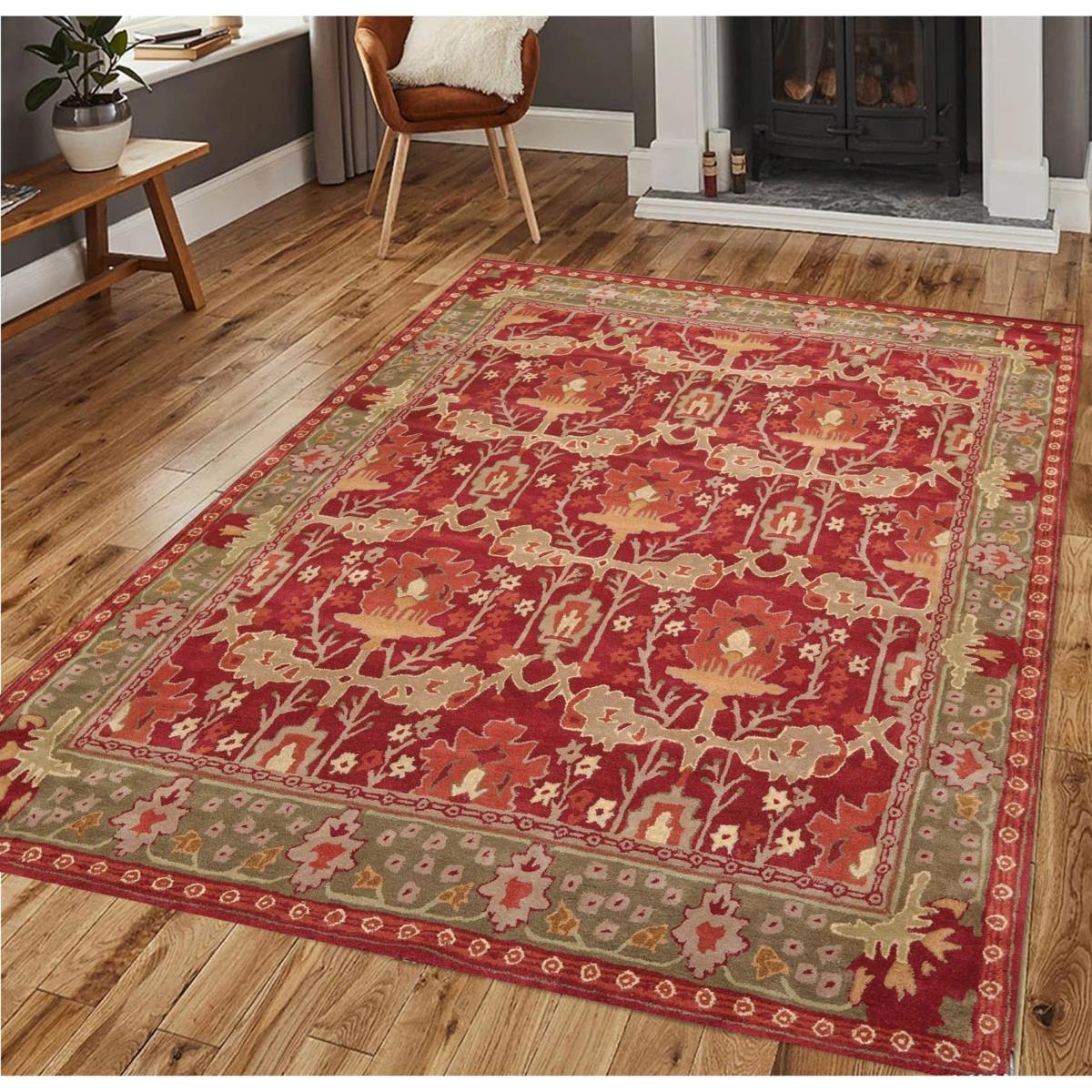
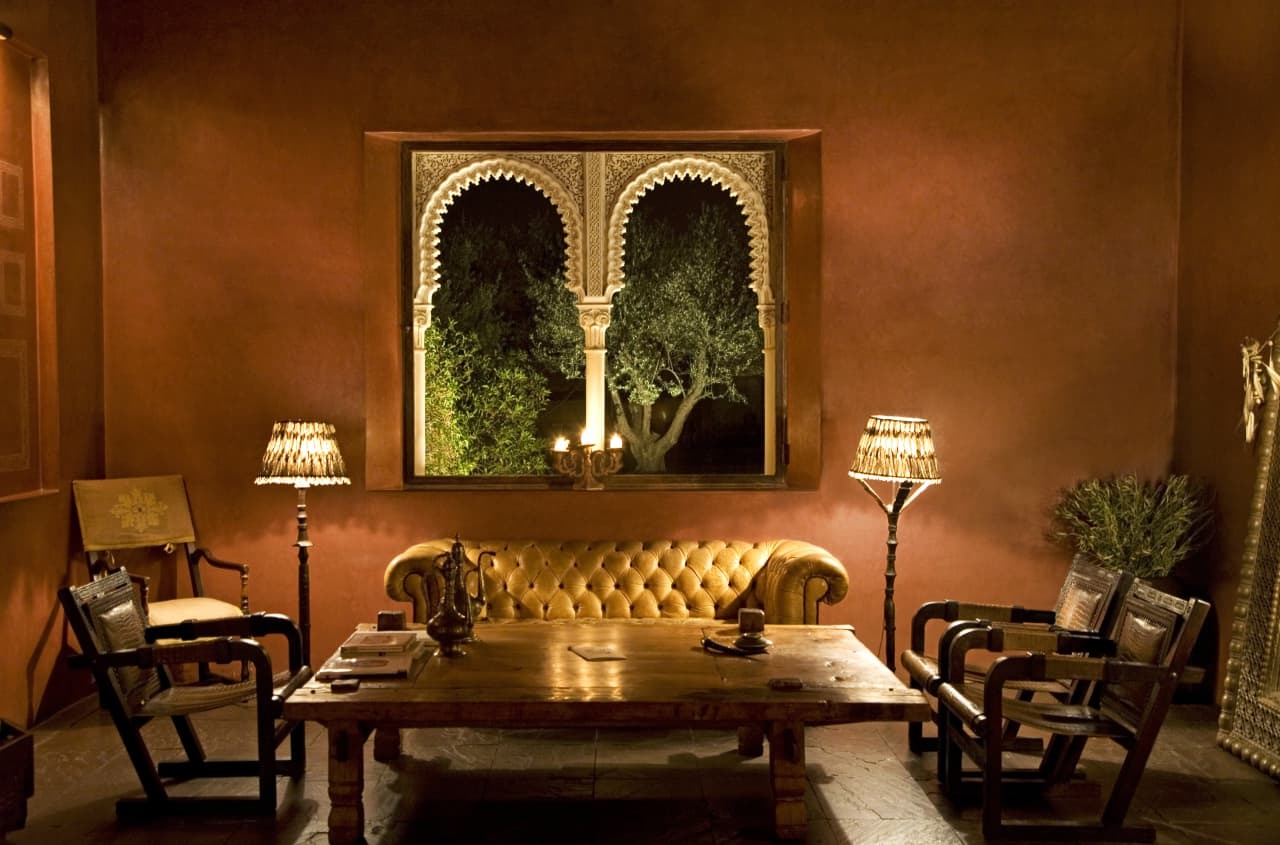
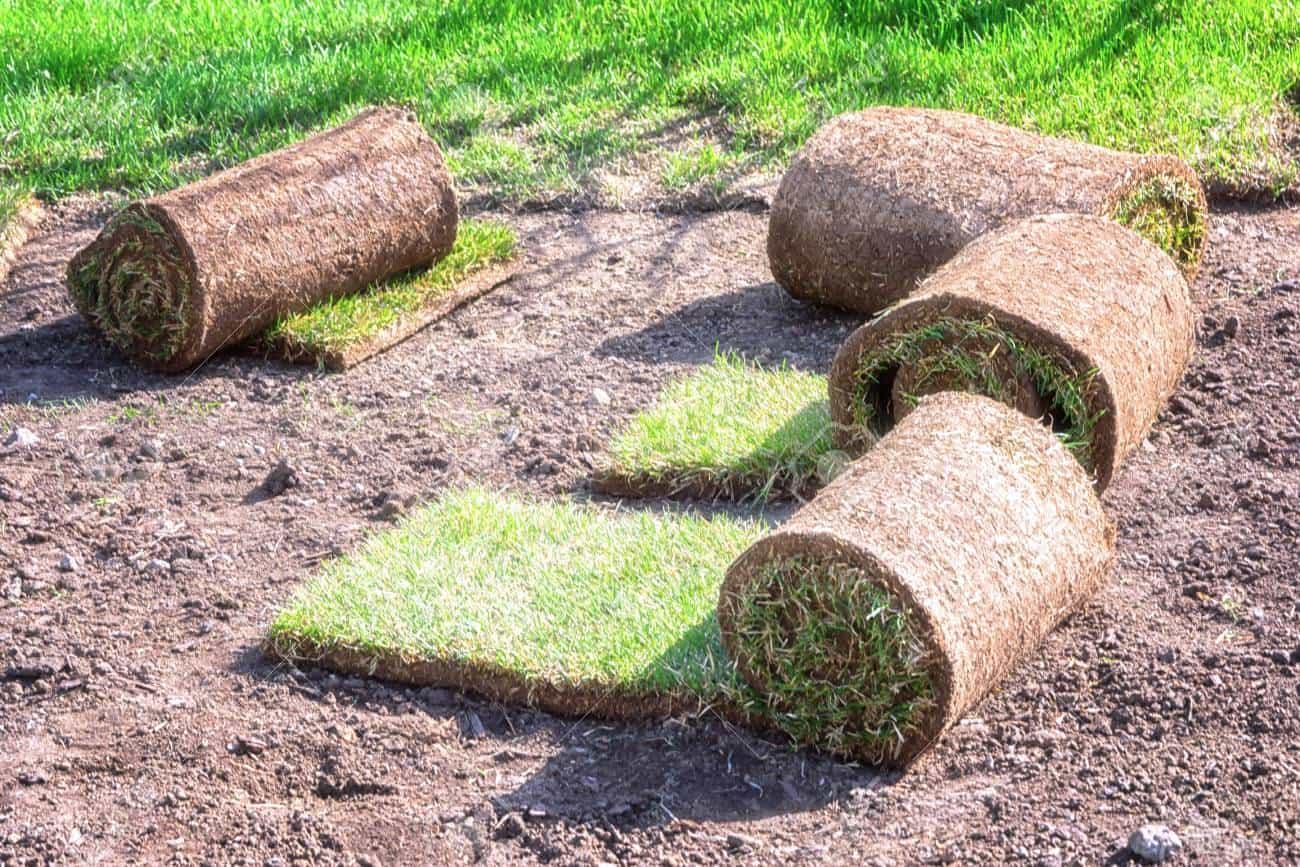
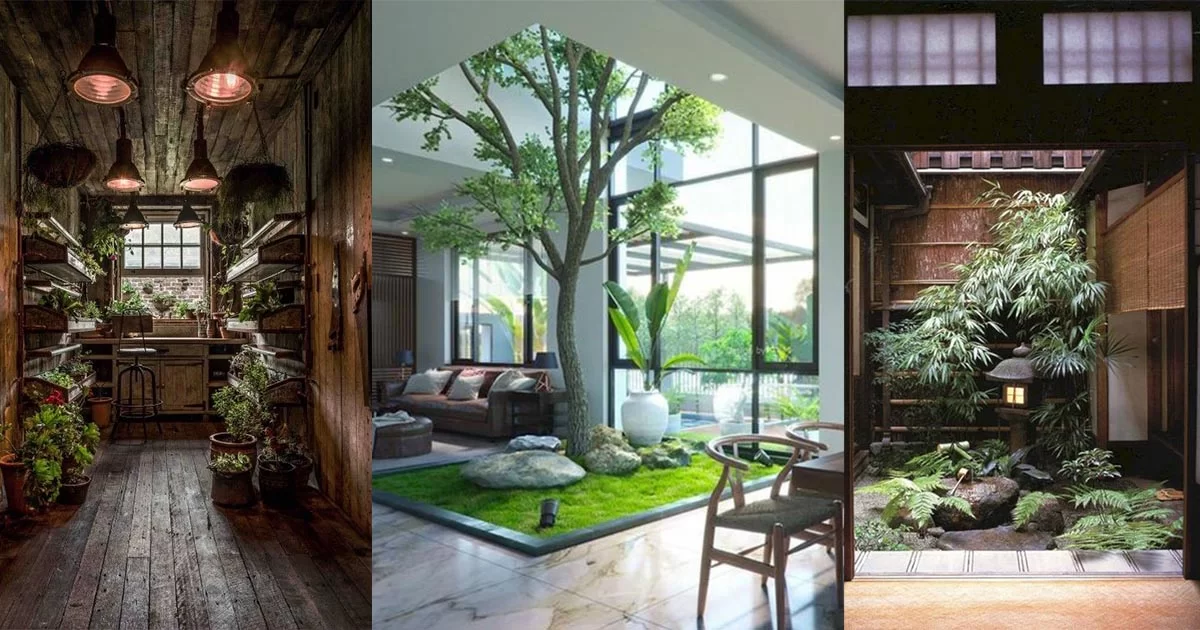
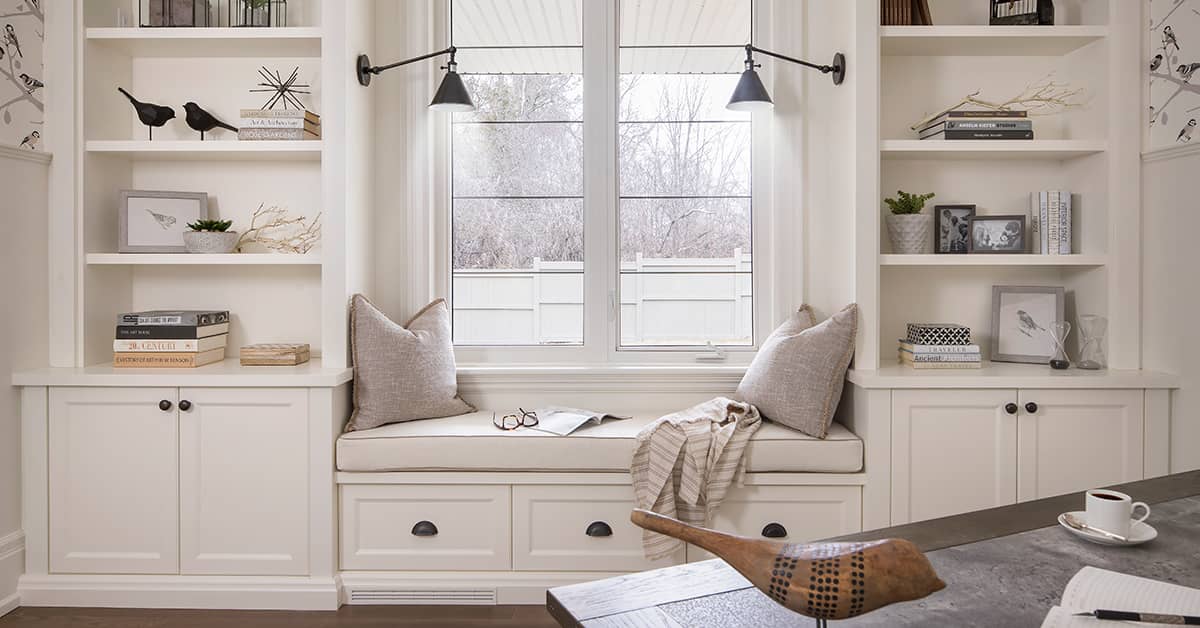
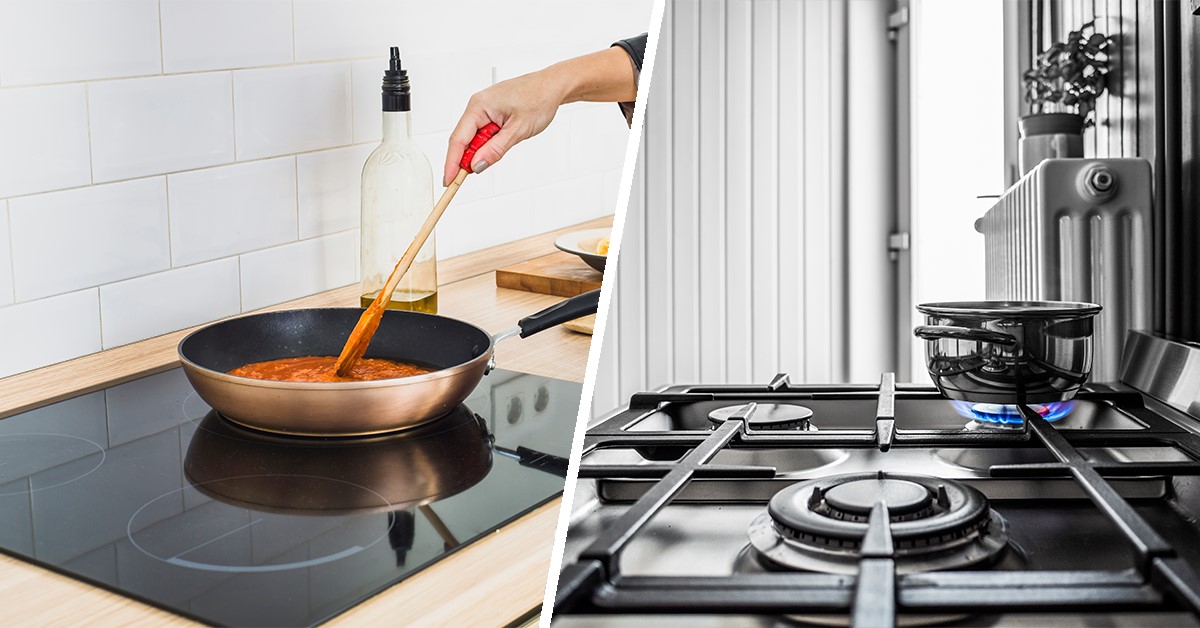
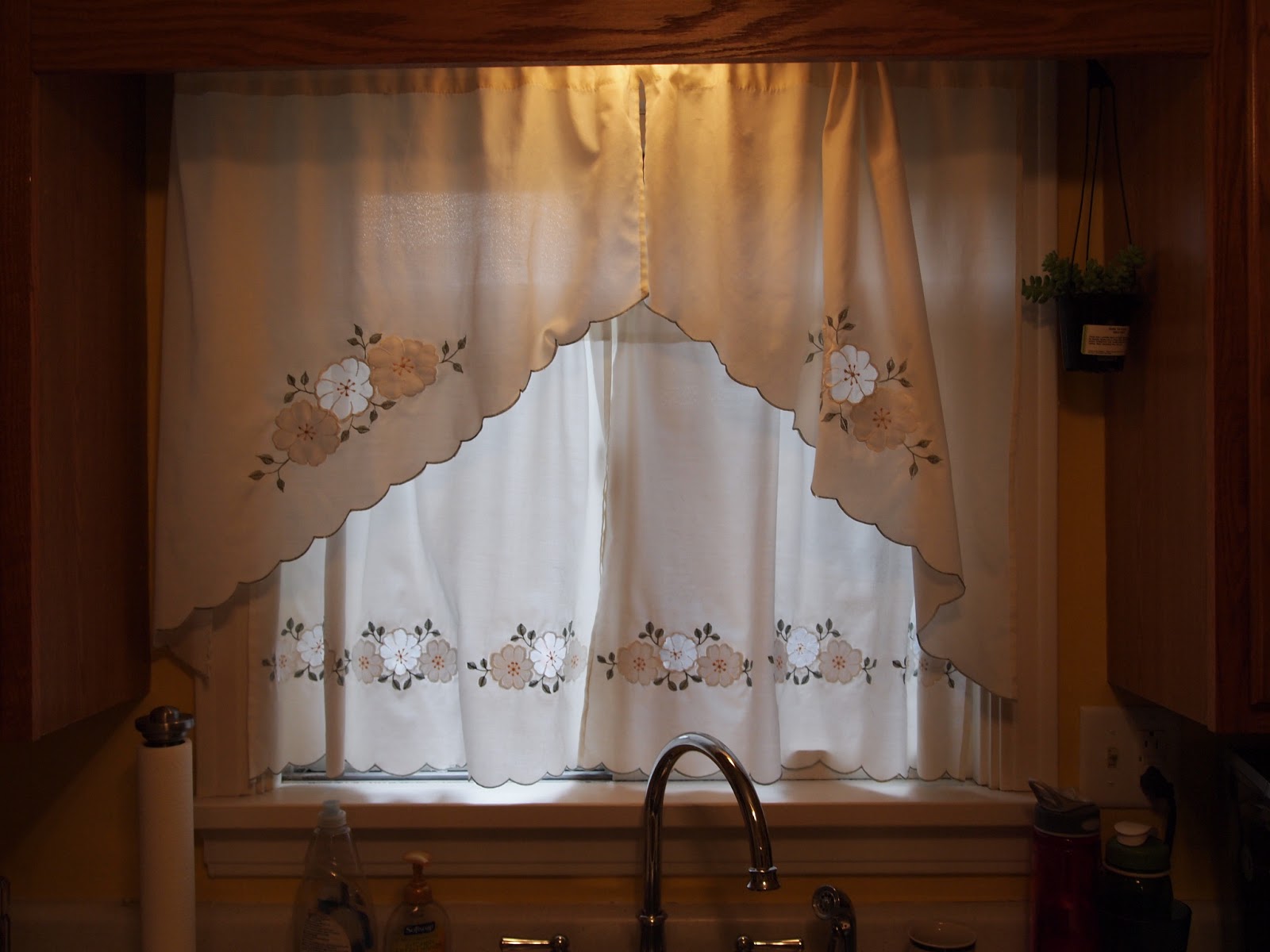
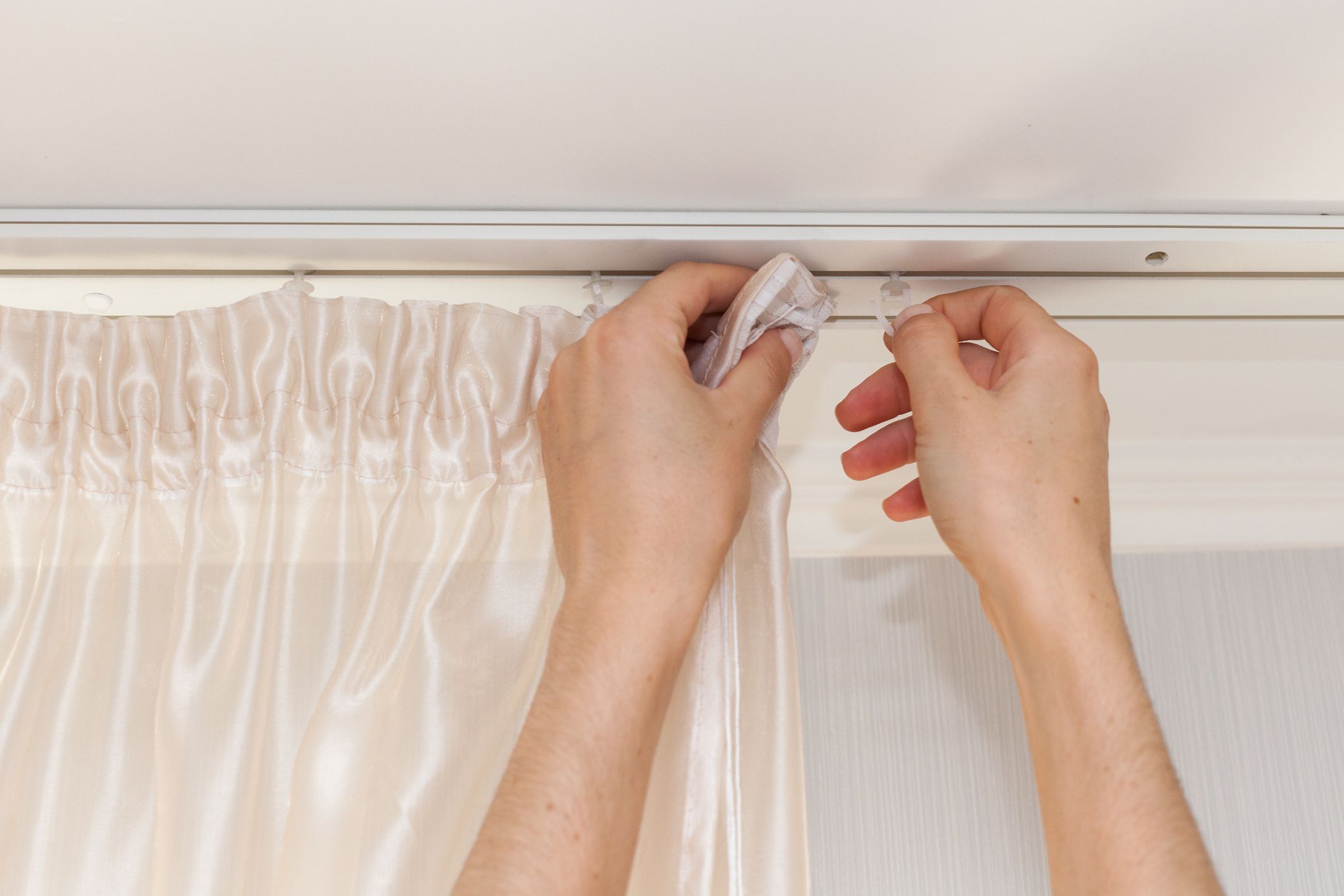
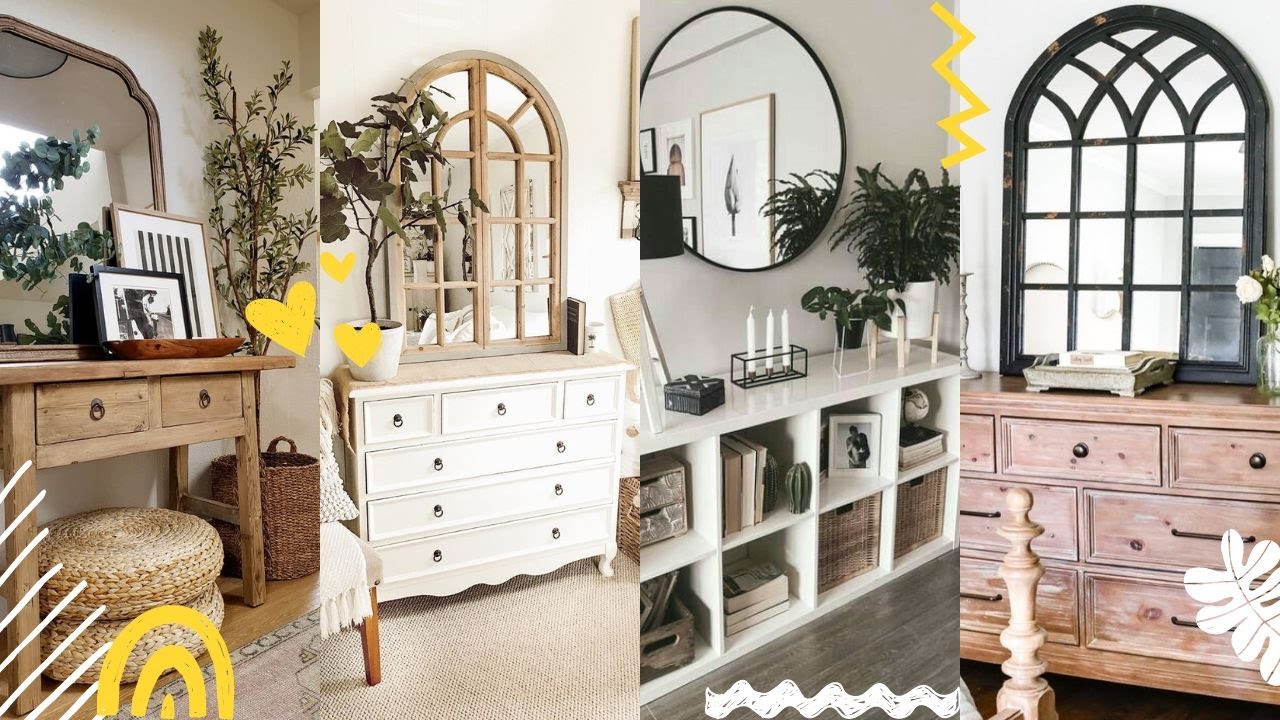
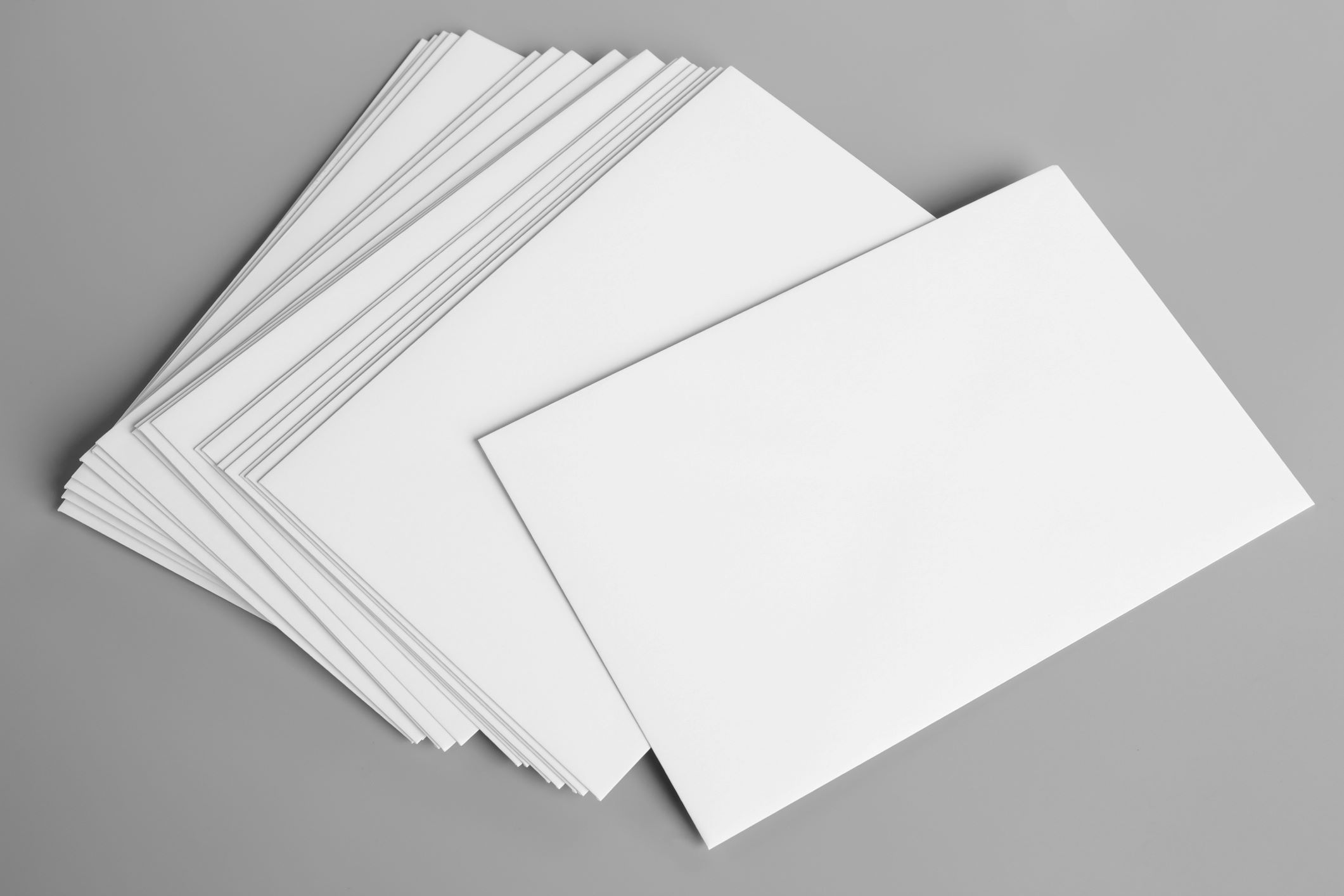
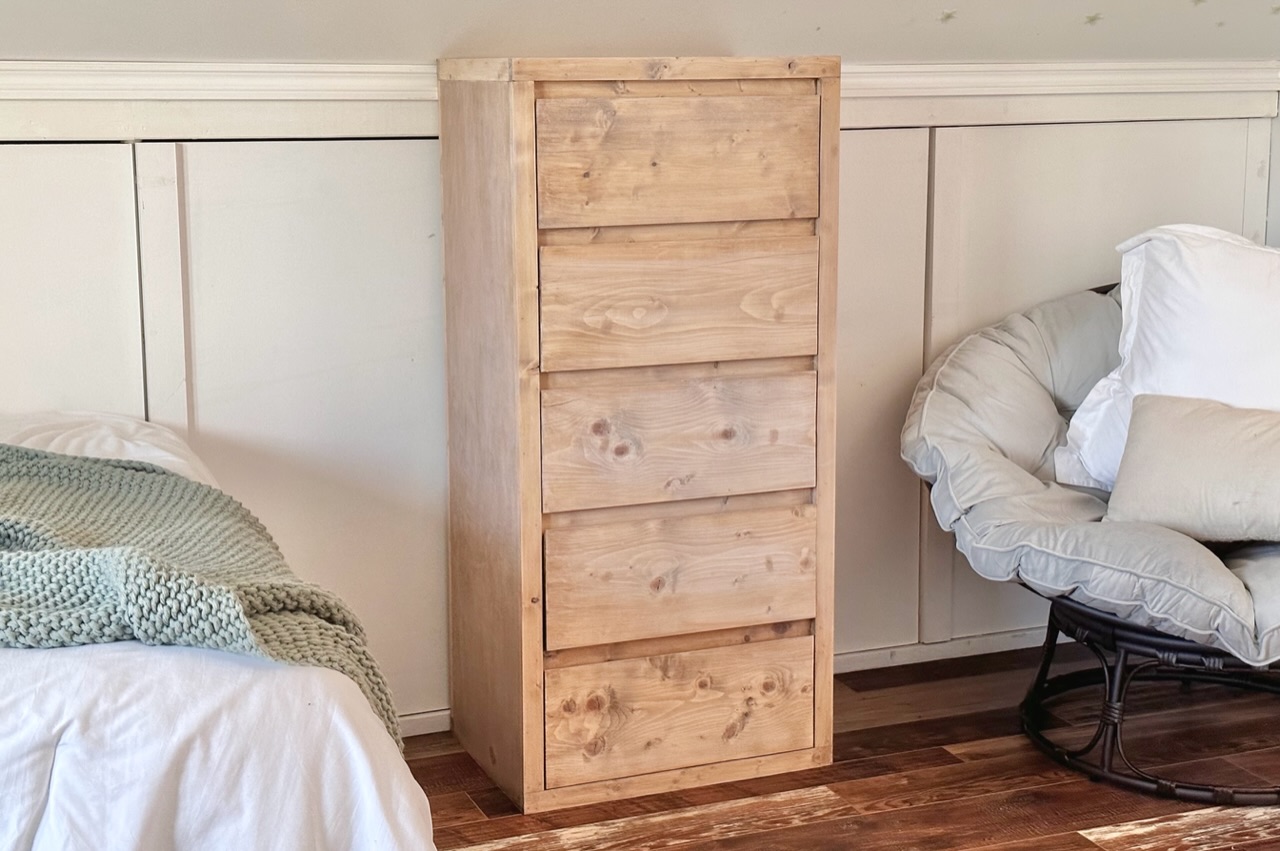
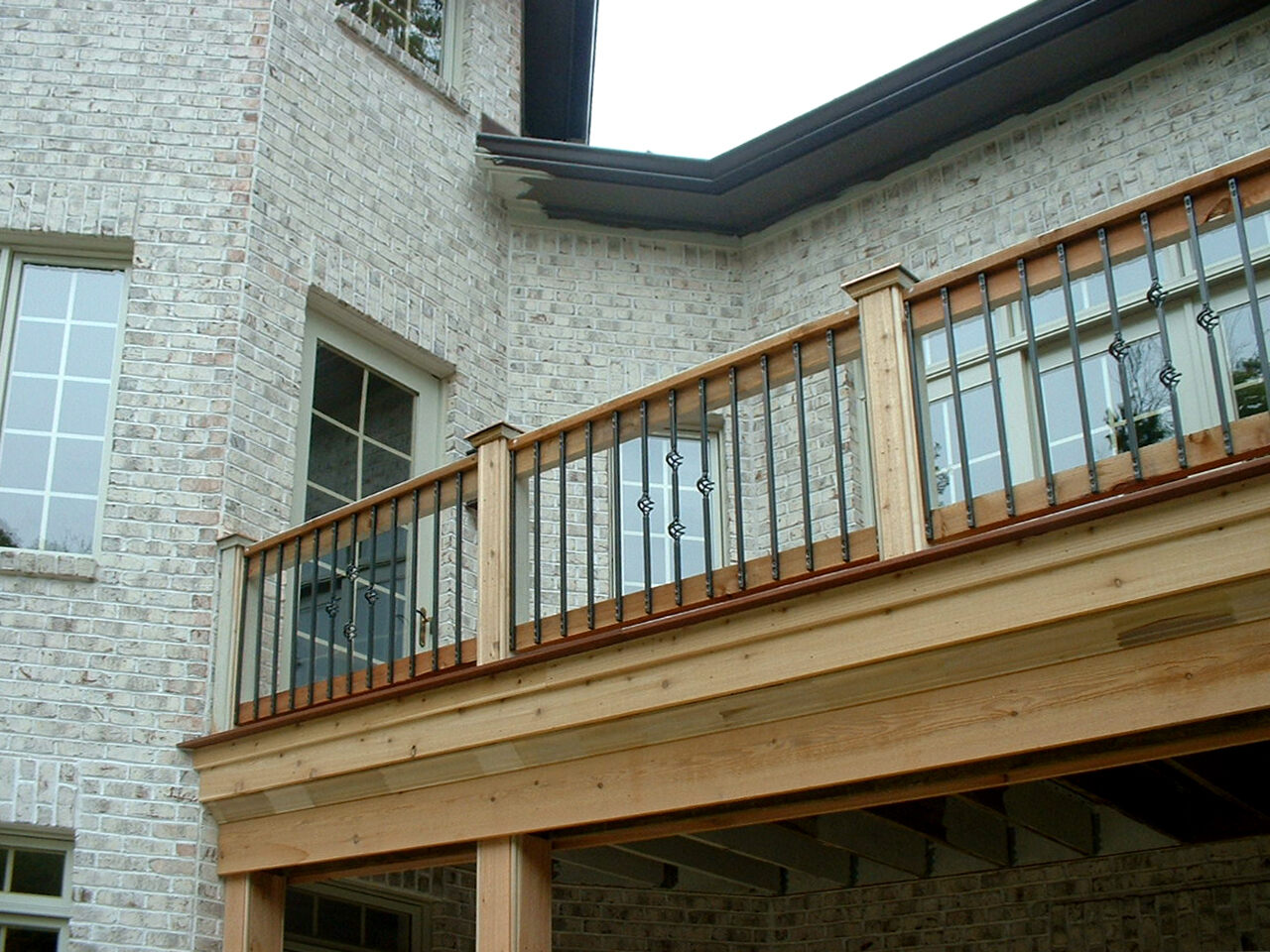

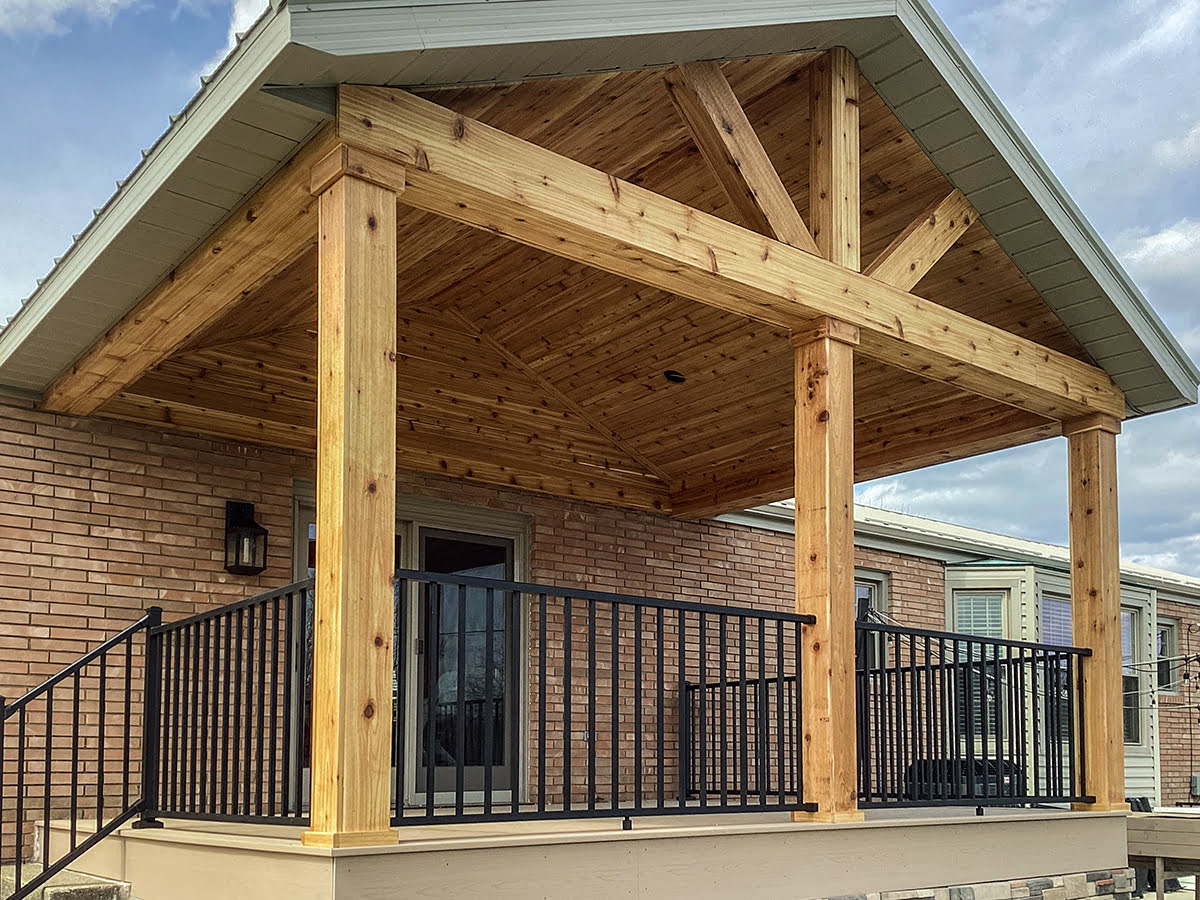

0 thoughts on “What Are Moroccan Rugs Called”